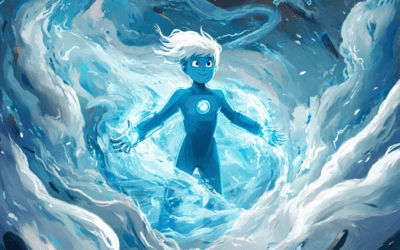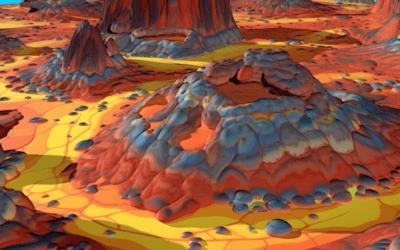**What Color is Water?**
**Introduction**
Water is a fascinating substance that is essential for life on Earth. When we think about water, we often imagine it as colorless. But have you ever wondered what color water really is? In this article, we will explore the color of water and discover some interesting facts along the way.
**The Colorless Nature of Water**
Water is considered a “colorless” substance because it does not have a specific hue like most objects around us. It lacks pigments or dyes that give other things their distinct colors. When we observe water in small quantities, such as in a glass, it appears transparent, meaning we can see through it without any noticeable color. This transparency is one of the characteristics that make water so unique.
**Absorption and Reflection of Light**
To understand why water appears colorless, we need to delve into the way it interacts with light. Light is made up of different colors, each with different wavelengths. When light encounters an object, it can either be absorbed by it or reflected off its surface. In the case of water, it interacts with light in a way that it does not absorb any particular color but rather reflects all colors equally.
**The Blue Perception**
Although water itself does not have color, it can take on the appearance of certain colors under specific conditions. One of the most common perceived colors of water is blue. This usually happens when we observe large bodies of water, such as oceans, lakes, or even swimming pools. The blue color is not actually coming from the water itself, but rather from the way it interacts with sunlight.
**Scattering of Light**
When sunlight shines on water, it contains all the colors of the visible spectrum. However, water molecules tend to scatter short-wavelength colors, such as blue and violet, more than long-wavelength colors like red and orange. This scattering phenomenon, known as Rayleigh scattering, causes the blue color to dominate our perception when we observe bodies of water. The scattered blue light reaches our eyes, creating the illusion that water is blue.
**Water and Other Colors**
While blue is the most commonly associated color with water, it can take on different appearances depending on various factors. In some cases, water can appear green, especially in bodies of water that contain algae or other plants. This green color is due to the presence of tiny green pigments in the water. Additionally, impurities and suspended particles in water can cause it to look brown, yellow, or even murky.
**Conclusion**
So, what color is water? In its purest form, water is indeed colorless. However, due to the way it interacts with light, it can appear blue or take on other colors under certain conditions. Understanding the science behind why water appears the way it does can help us appreciate the beauty and uniqueness of this precious resource.












